The Science of Wind Patterns and Their Impact
Introduction
Wind patterns, also known as atmospheric circulation, are the large-scale movement of air, and the means (together with the associated ocean circulation) by which thermal energy is distributed on the surface of the Earth. The Earth's atmospheric circulation varies from year to year, but the large-scale structure of its circulation remains fairly constant. Wind patterns are responsible for much of the Earth's weather and play a significant role in determining climate zones.
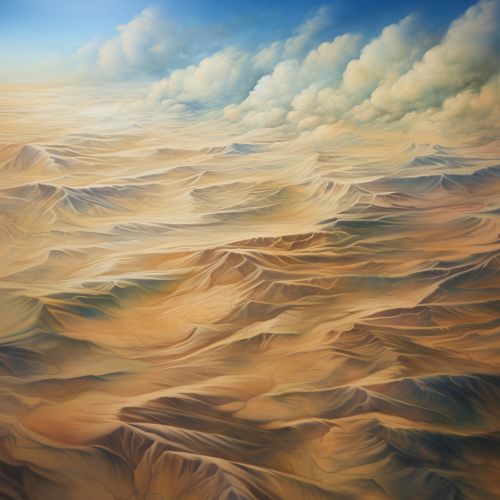
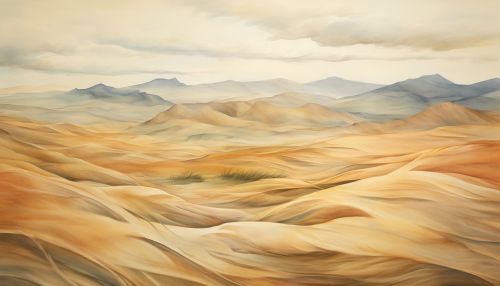
The Science of Wind Patterns
Wind patterns are driven by the uneven heating of the Earth's surface by the sun and the planet's rotation. The tropical regions near the equator receive more sunlight than the polar regions. This uneven heating results in temperature differences, which in turn cause air pressure differences. Air moves from areas of high pressure to areas of low pressure, creating wind.
The Coriolis Effect
The rotation of the Earth also influences wind patterns through the Coriolis effect. This effect causes moving air and water to turn to the right in the northern hemisphere and to the left in the southern hemisphere, due to the Earth's rotation. This deflection results in the prevailing wind patterns we observe.

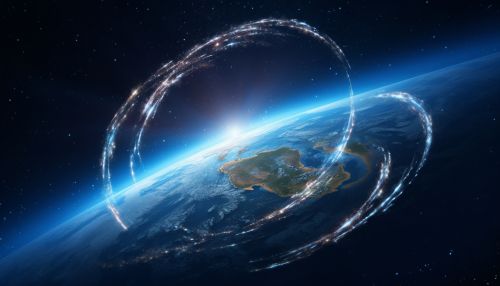
Global Wind Patterns
Global wind patterns, also known as global atmospheric circulation, can be divided into three cells in each hemisphere: the Hadley cell, the Ferrel cell, and the polar cell. These cells describe the movement of air around the Earth and are responsible for the trade winds, westerlies, and polar easterlies.
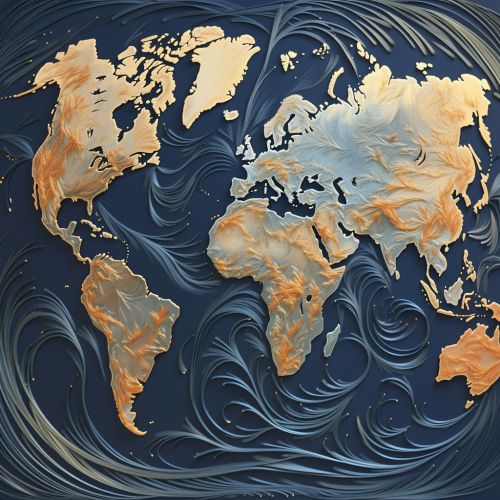
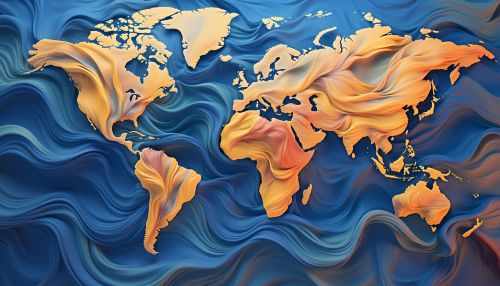
Impact of Wind Patterns
Wind patterns have a significant impact on the Earth's climate and weather, as well as on human activities and ecosystems.
Climate and Weather
Wind patterns are a major factor in determining the climate of a region. For example, the trade winds in the tropics, which blow from the east, help to create the tropical wet and dry climates. Similarly, the westerlies, which blow from the west in the temperate zones, bring moist air from the oceans to the continents, contributing to the temperate maritime climates.
Wind patterns also influence weather events. For example, the jet stream, a fast-moving band of air in the upper atmosphere, can influence the formation and movement of storms.
Human Activities
Wind patterns also have a significant impact on human activities. For example, they influence the routes of sailing ships and aircraft. They also affect the dispersion of pollutants in the atmosphere, and thus air quality. Understanding wind patterns is crucial for the development of wind energy, as the efficiency of wind turbines depends on wind speed and direction.


Ecosystems
Wind patterns also affect ecosystems. For example, they influence the distribution of nutrients in the oceans, which affects marine life. On land, wind patterns can influence the distribution of plant species, as wind can carry seeds over long distances.
